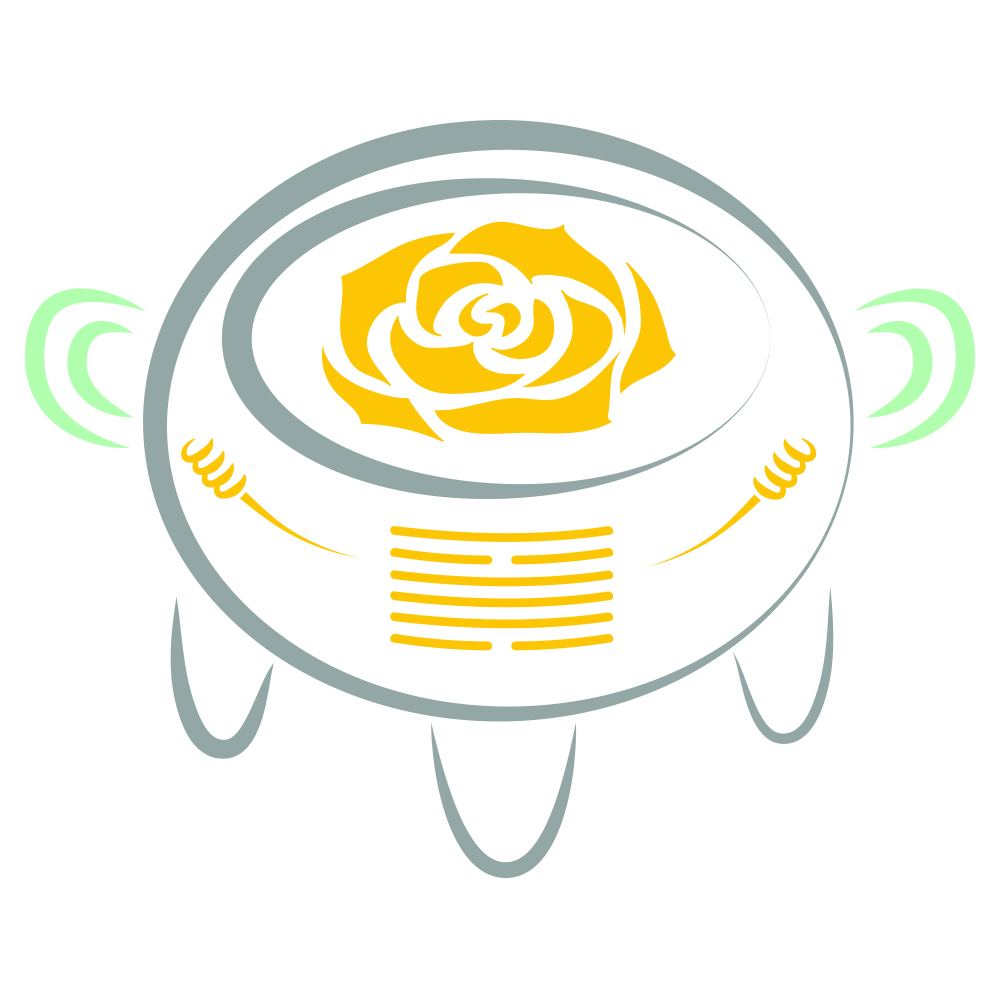THIS BLOG WAS WRITTEN BEFORE CORONAVIRUS WAS DEEMED A PANDEMIC. I HAVE LEFT IT HERE AS DOCUMENTATION. WHILE BEST PRACTICES ARE STILL THE SAME—WITH THE EXCEPTION OF THE GOOD RECOMMENDATION OF WEARING A MASK—NONE OF US KNEW THAT WE WOULD HAVE TO CLOSE OUR BUSINESSES TEMPORARILY OR, SADLY FOR SOME, FOR GOOD.
We are in the thick of flu season, the seasonal virus that comes around every year, but now this new or “novel” flu that has been dubbed COVID-19 has begun to garner a lot of attention. On Thursday, the CDC was investigating the first case of COVID-19 in the USA of a patient in Northern California with no recent travel history. Since then other cases have been confirmed in California, Oregon, Washington, Florida and Texas. Unfortunately, today (3/2/20) the second fatality from this virus was confirmed in Washington state. As I write, the information continues to change but I want you all to know that we are aware of this health crisis and are taking it very seriously.
If you have been keeping up, you will know that the best strategy to stay healthy includes: staying home from work or school if you feel ill, especially if you have fever or any other respiratory symptoms like cough or shortness of breath. The incubation period for COVID-19 has been reported to be between 2 and 14 days, whereas the seasonal flu can be 2-3 days before someone shows any symptoms (NYT, 2/28/2020). Right now, experts suspect that some people may have had COVID-19 and not even known as the symptoms never became severe enough to require hospitalization or medical attention. Like influenza, older and younger people, are at a greater risk in contracting the virus.
Washing your hands is the primary way to prevent transmission. While you may think you know how to do this properly, it’s worth reviewing just how long you should take to get your hands and fingernails clean. Here’s a link from NPR reminding you how to do it—it’s less about hot water, and not at all about anti-bacterial soap—any soap will do—but more about the time you spend (20 seconds minimum), the friction of your hands rubbing together and the areas we are most likely to overlook. And, perhaps, even more importantly try not to touch your face or any mucus membranes as you go about your day in public and private spaces.
Additional directives to protect yourself and others includes covering your mouth when you sneeze or cough. Using an elbow to capture a sneeze will reduce the transmission area. “The pathogen can travel through the air, enveloped in tiny respiratory droplets that are produced when a sick person breathes, talks, coughs, or sneezes. These droplets fall to the ground within a few feet. That makes the virus harder to get than pathogens like measles, chickenpox and tuberculosis, which can travel 100 feet though the air” (NYT, 2/28, 2020, “How Bad Will the Coronavirus Outbreak Get? Here are 6 Key factors.” By Knvul Sheikh, Derek Watkins, Jin Wu and Mika Grondahl). While the virus can contaminate surfaces for several hours, please know that we follow a cleaning protocol for our clinic daily that includes sanitizing surfaces, changing sheets, and washing them weekly.
Because there is so little known about this “novel” virus and the images we see are quite dramatic--healthcare workers covered head to toe in protective gear—it’s easy to see why people are getting nervous. Currently there is no vaccine for it. Keep in mind that the seasonal flu has a vaccine but tens of thousands of people die from influenza every year—18,000 deaths since February 22 (NYT, 2/29/2020, “How Does the Coronavirus Compare with the Flu?” Denise Grady). I hope this comparison can give you perspective and helps you measure your response to the continuing news reports that can be frightening. CDC says there’s still time to get a flu shot and our neighborhood pharmacy, Yee’s, does a great job.
But I know questions remain: Should I go to that yoga class? Should I go to the grocery store? How should I react on the bus if someone sneezes? Should I get an acupuncture treatment? You will have to decide for yourself. Following guidelines for minimizing exposure is key in protecting yourself.
Know that we are here to help you stay well. Following are some links from Mayor Garcia’s office to receive health alerts from the city, here, and another for the most up to date information on COVID-19. Congressman Lowenthal provided these links from the CDC in English and Spanish.
